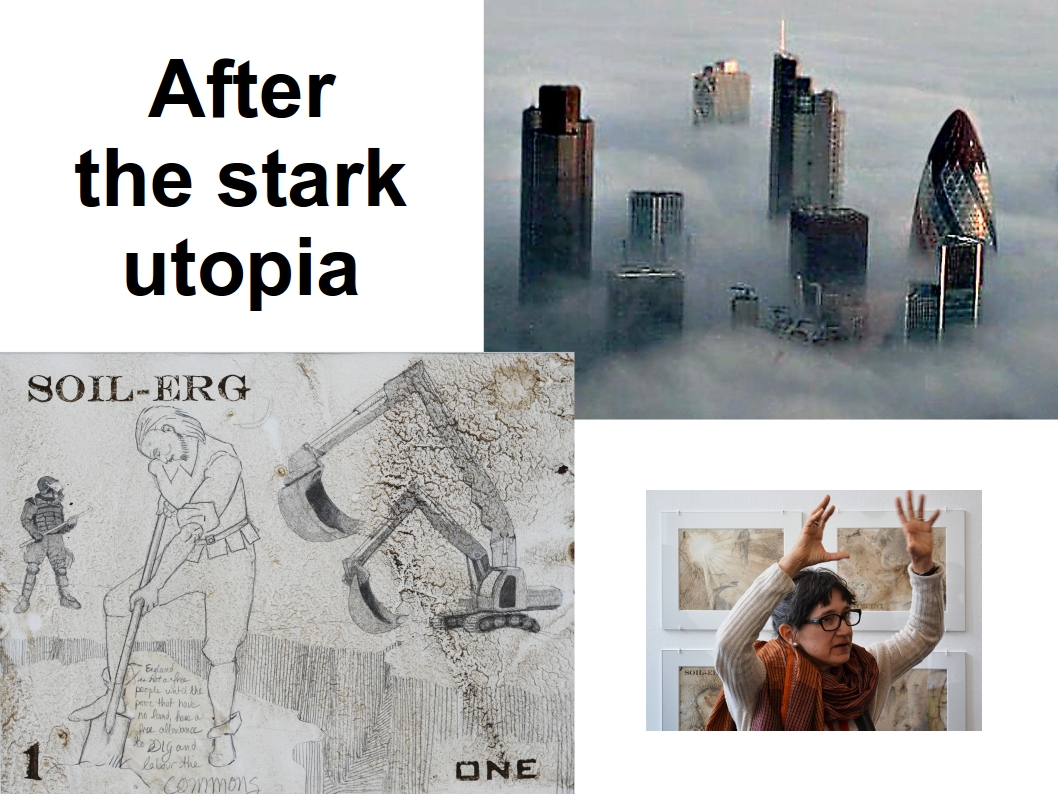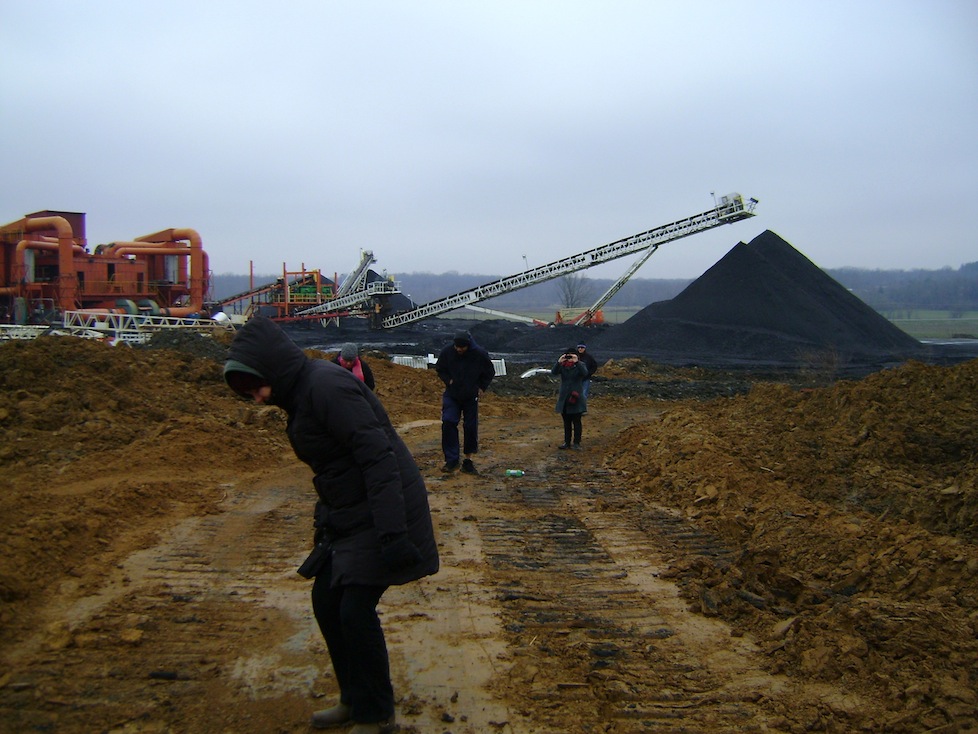talk by Brian Holmes at The Spirit of Utopia, Whitechapel Gallery, London
Utopia is an imaginary figure, an absent place, a vision or a model that can gather all the force of reality. It’s widely believed there are no more utopias, but that’s not the case. “No place” abounds in the twenty-first century. Its towers rise over Asia, Africa, Europe and the Americas. Its freeways, airports and data centers proliferate. Its markets move into ever more complex virtual spaces. Its citizens, credit cards in hand, sustain an economy of continuous capital circulation. All this claims to be an absolute invention – a brave new world.
The contemporary utopia has its birthdates and its ghostly afterlives. Sometimes they coincide. In 1949, Friedrich von Hayek published an article in a University of Chicago journal calling for the rebirth of nineteenth-century liberalism. The past would become the future:
What we lack is a liberal utopia, a program which seems neither a mere defense of things as they are nor a diluted kind of socialism, but a truly liberal radicalism which does not spare the susceptibilities of the mighty (including the trade unions), which is not too severely practical, and which does not confine itself to what appears today as politically possible. We need intellectual leaders who are willing to work for an ideal, however small may be the prospects of its early realization. They must be men who are willing to stick to principles and to fight for their full realization, however remote.

